
The phrase “confused state” is used several times near the end of ’71. It’s not a comforting label to see applied to military operations, or action movies that replicate them. Whether it’s a theater of war or a war shown in theaters, precision with rifle shots and camera shots is usually called for. ’71 ignores this reasoning for the complexity that blooms when a war film lets itself get confused. It’s often times chaotic to look at and a little harder to track minute-by-minute than need be, but by coloring outside the clear cut lines usually expected of the historical action drama, what develops is a tense, resonant genre outlier.
The barebones title is more a hint at ’71’s impartial approach to a specific historical conflict than an indicator of reverent respect for dates and details. It’s an action film as well as a historical recreation, though in the early goings, plays mostly like a stripped down version of the former. The film stars Jack O’Connell as Gary Hook, a green British soldier in an even greener regiment that’s introduced running drills in England that haven’t been updated since the last time a Reich threatened Europe.
Hook’s regiment is soon sent overseas – though not out of the country – to Belfast. 1971 marked a particularly volatile time of unrest during The Troubles, with Catholic and Protestant division on the island having drawn a rough line between the independent Republic of Ireland in the south, and the U.K.-controlled Northern Ireland. ’71 helpfully lays out in color-coded maps how the city has been violently divided between paramilitary groups, with the arriving British soldiers having been brought in to help keep the peace, and root out elements of an IRA that’s splintering across ideological lines.
When the rookies are warned to stay away from a particularly dangerous area called The Flats, director Yann Demange holds the camera on where the townhouses are represented on a map. He’s making a promise. Hook’s unit goes out to bust a local gunrunner in a Republican part of town, and before you can say Black Hawk Down, a riot separates the soldier from his unit, and leaving him on the run from radical young members of the IRA.
Demange and ‘71’s pulsing, percolating soundtrack have been winding things up for so long that the explosion is inevitable. What isn’t is the shaggy dog chaos that Gregory Burke’s script is guided by after the initial incident. The setup is basically The Raid: Belfast, but the Republicans chasing Hook aren’t disposable henchman anymore than Hook is a martial arts badass. ’71 doesn’t box characters into archetypal roles of war or action filmmaking. In doing so, it offers a more nuanced take on the competing drives between, and within different sides of a volatile conflict.

Rather than rising to the challenge of being trapped behind enemy lines, Hook proves about as heroic and capable as any normal person under such circumstances. He runs away from danger, hides in outhouses, and stays alive mostly through sheer dumb luck. If he earns a codename, it’s McGuffin, as it’s always the other characters, or accidental coincidence, that are propelling the story forward. Normally, such an ineffective lead would kill the film’s momentum, but as a stranger in a strange land, Hook invites the viewer to explore the struggle at ‘71’s core from the perspectives of those trapped by it for the long haul.
This would be counterproductive to telling a tight war story if the confusion of the situation weren’t exactly what Demange is trying to evoke. ’71 uses a wide array of characters to shade the political situation with greater complexity than a simple Us vs. Them narrative. It’s what makes O’Connell’s babe in the woods innocence such an effective center for the film, as ’71 is all about glimpsing a conflict from as many different sides as possible, instead of seeing one perspective on it with crystal clarity. Like Hook, you don’t want to pick a side – you just want to get the hell out of dodge.
The non-committal approach backfires a bit when undercover agents and traitors in the ranks get thrown into the mix, as they’re often hard to tell apart when blanketed by the murky dark the film is shot in. A bigger bug that’s preventing ’71 from being like other action movies is the quality of Demange’s direction during the dimly lit shootouts, or a nauseatingly shaky foot chase. Were it any longer, watching ’71 would require scheduling a follow-up eye exam to assess damage. When things slow down, though, Demange stokes tension like an expert. The riot sequence that kicks off the action is a stomach-knotting Rube Goldberg apparatus of civil disobedience triggering authoritative response, triggering more disobedience, then a harsher response, and on, and on.
Following through on the exhausting ambiguity that comes when a story isn’t a simple matter of good and bad, ’71 doesn’t blink with its ending. Instead of the patriotic uplift many historical war pictures try to inspire, Demange closes things on a note that’s pure noir: pyrrhic, rain-soaked, and cynical. It’s a bitter pill ending, which, when combined with the film’s technical shortcomings, won’t lend ’71 to being a classic among genre enthusiasts. But it’s only in action movies that things are ever simple. ‘71 deftly captures the bewilderment, bedlam, and even the occasional whimsy of its subject matter in ways that make other examples of the war genre look like they’re the ones that can’t keep a clear head.


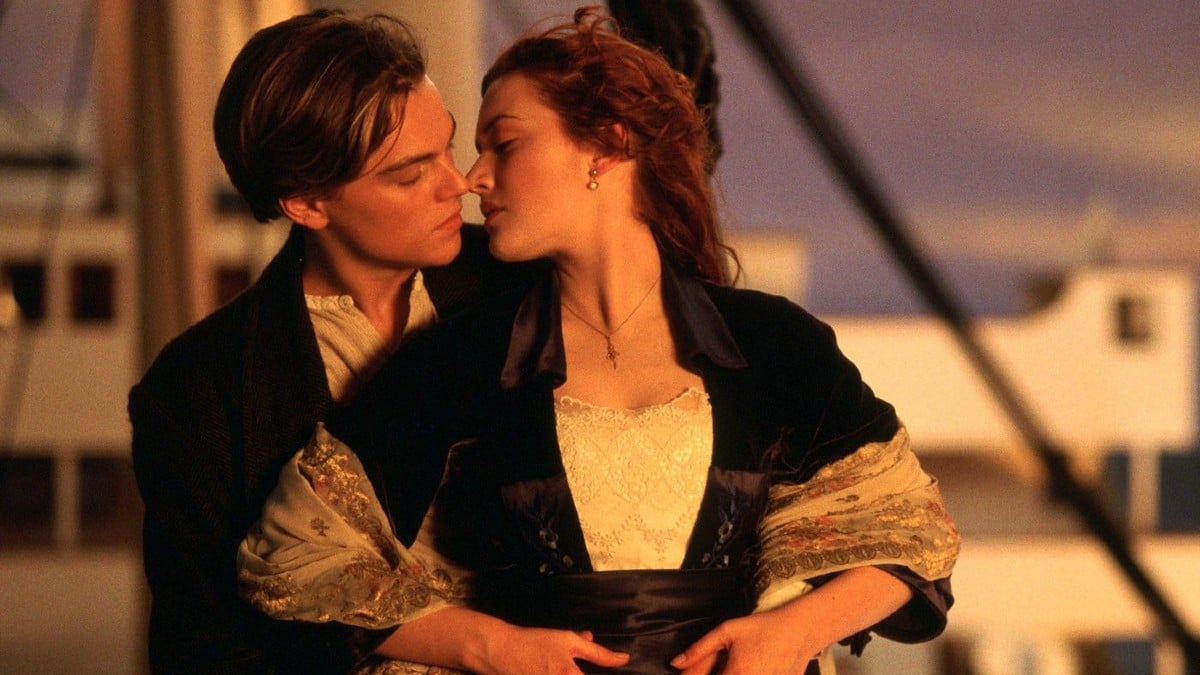
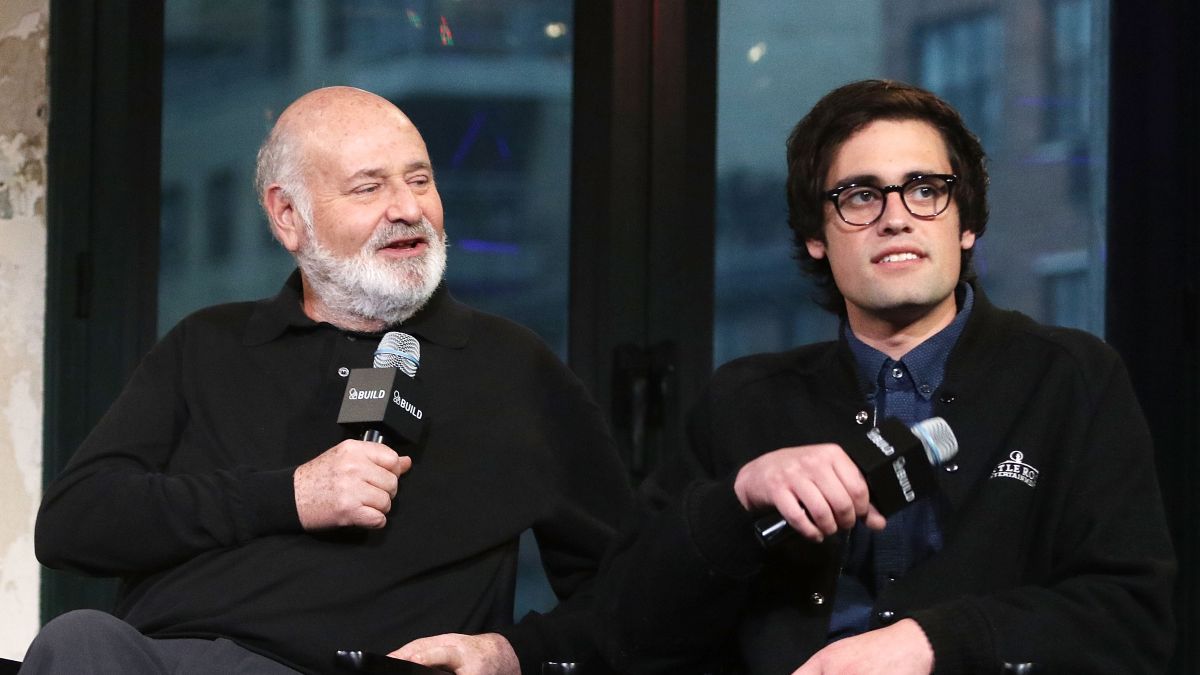
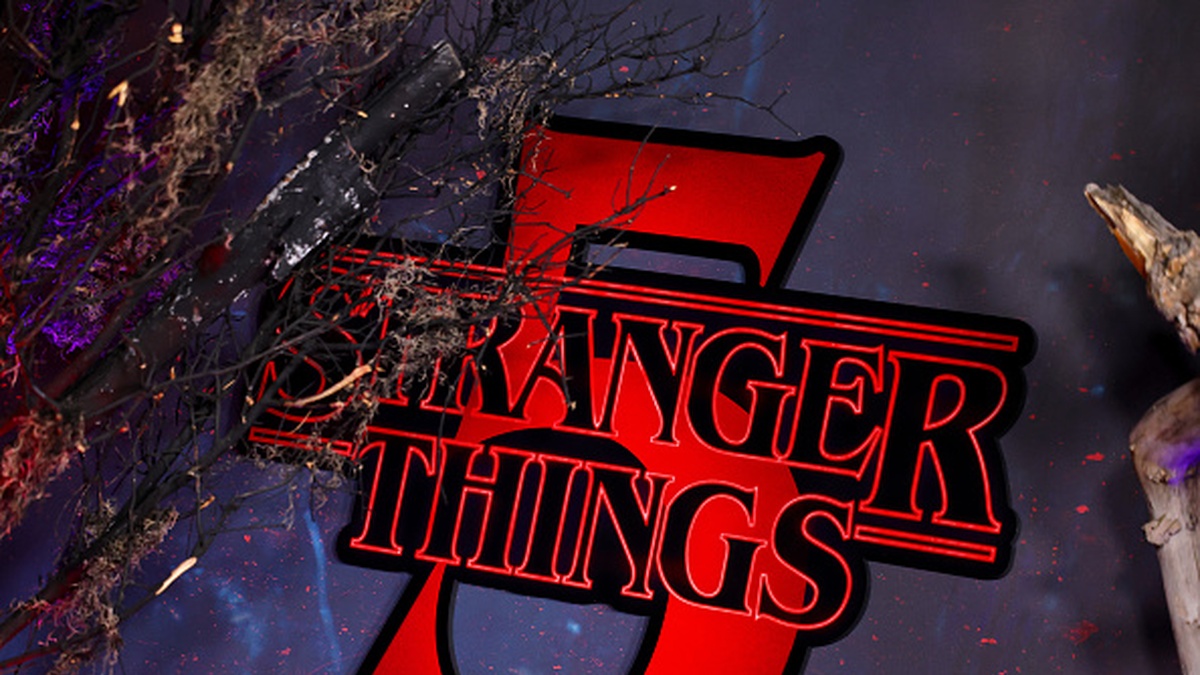

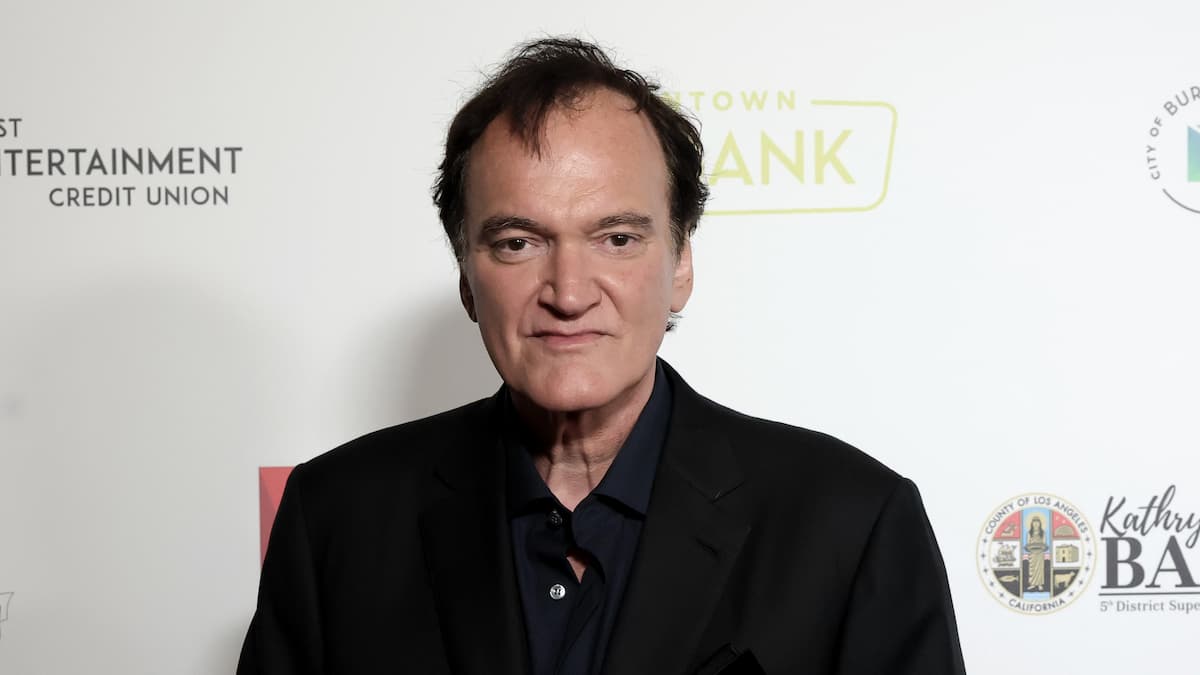
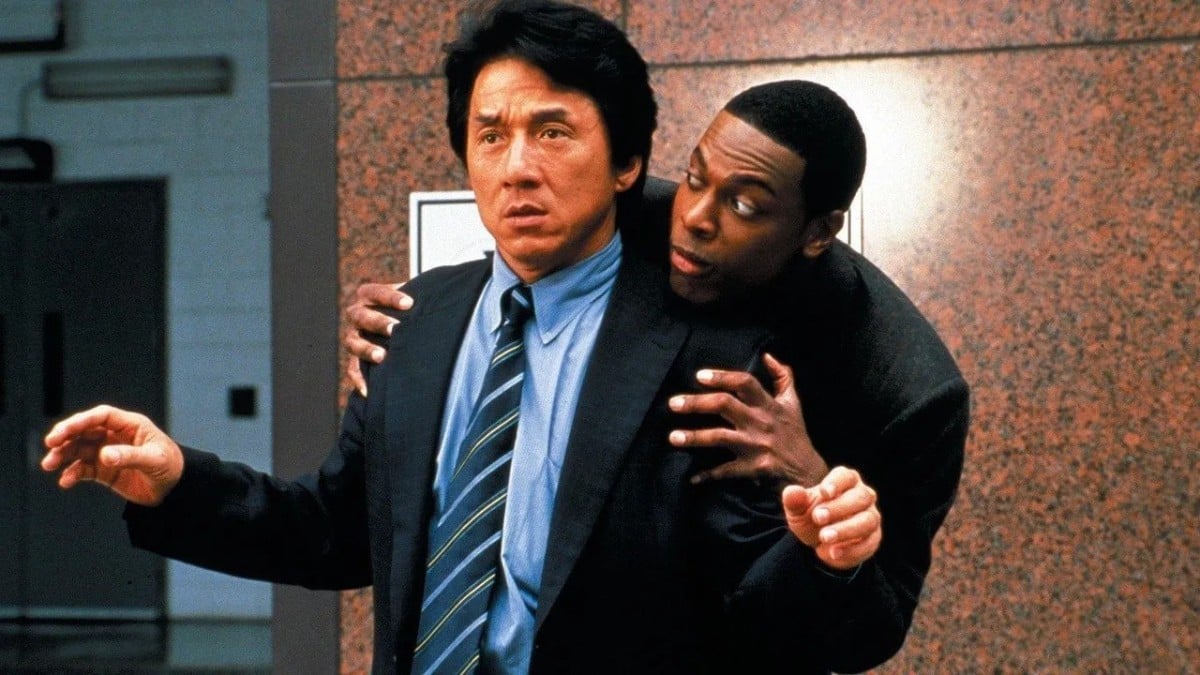
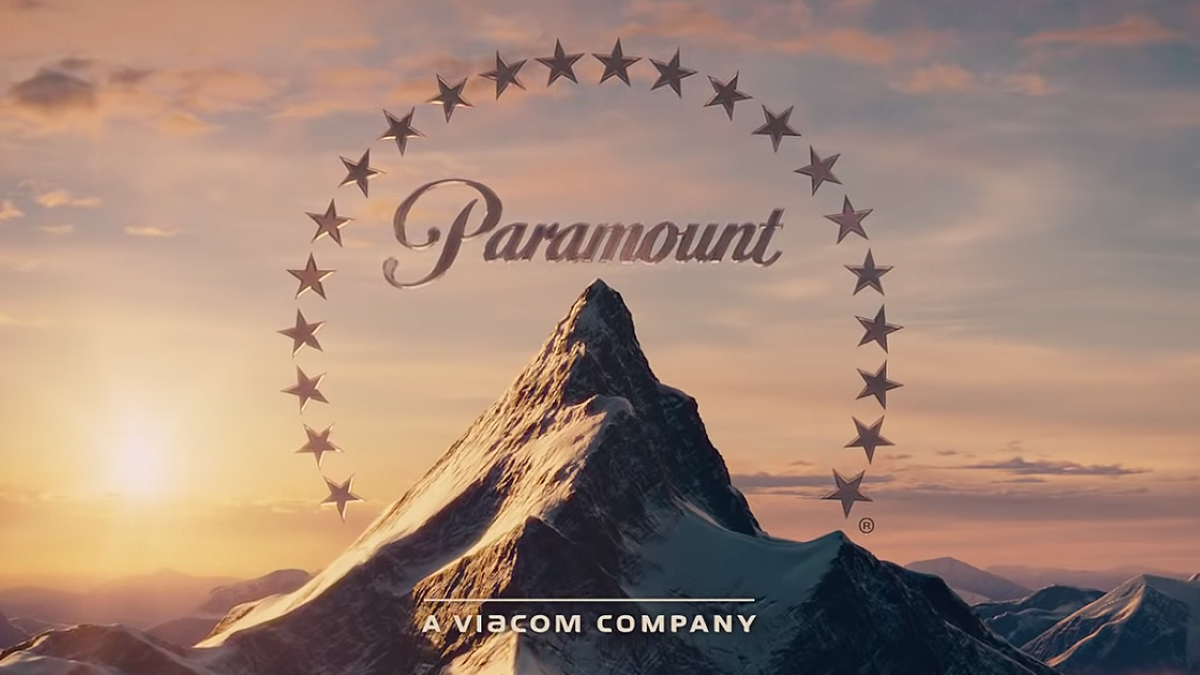
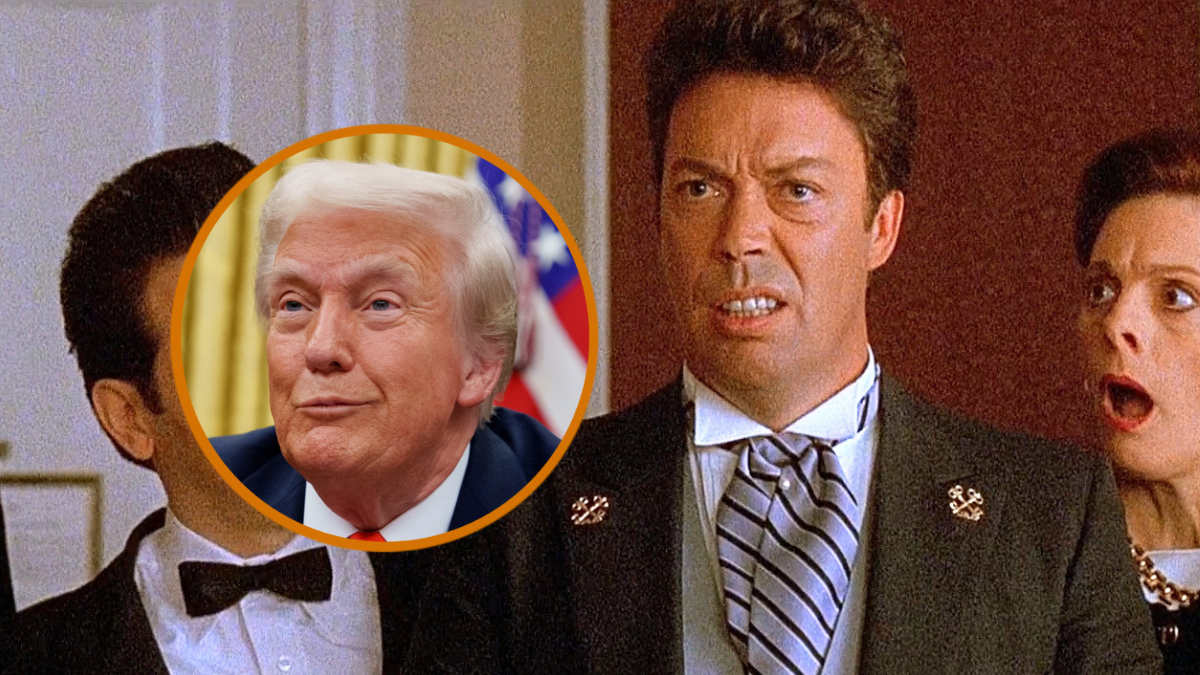
Published: Sep 6, 2014 10:31 pm